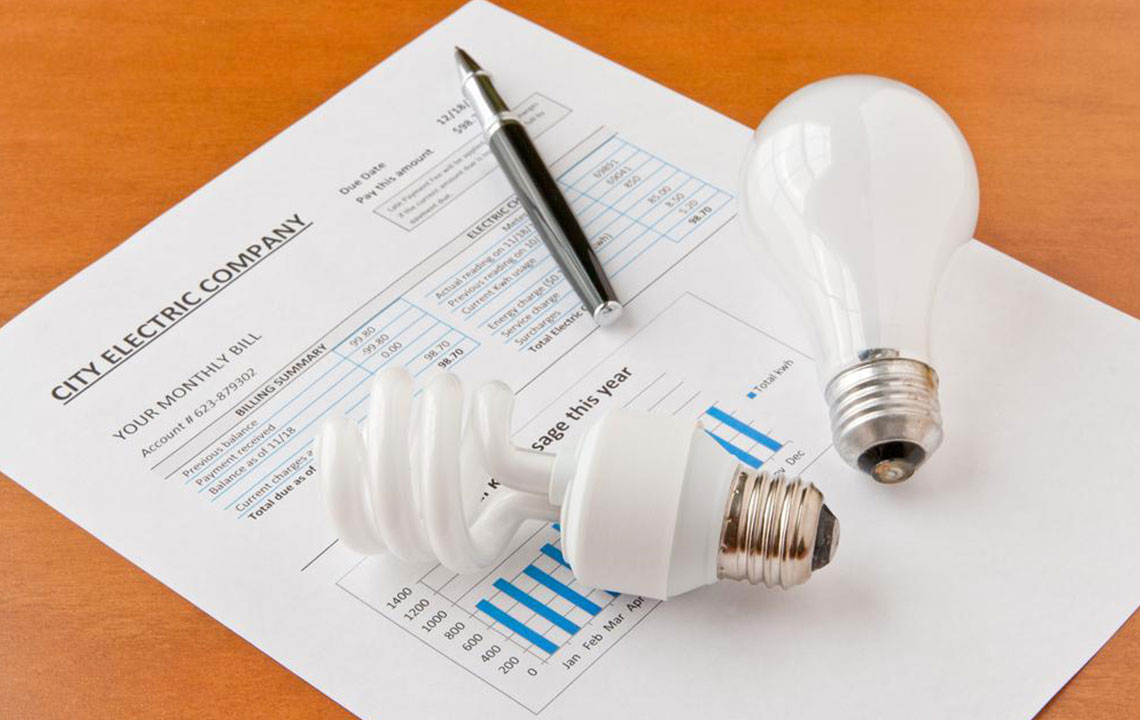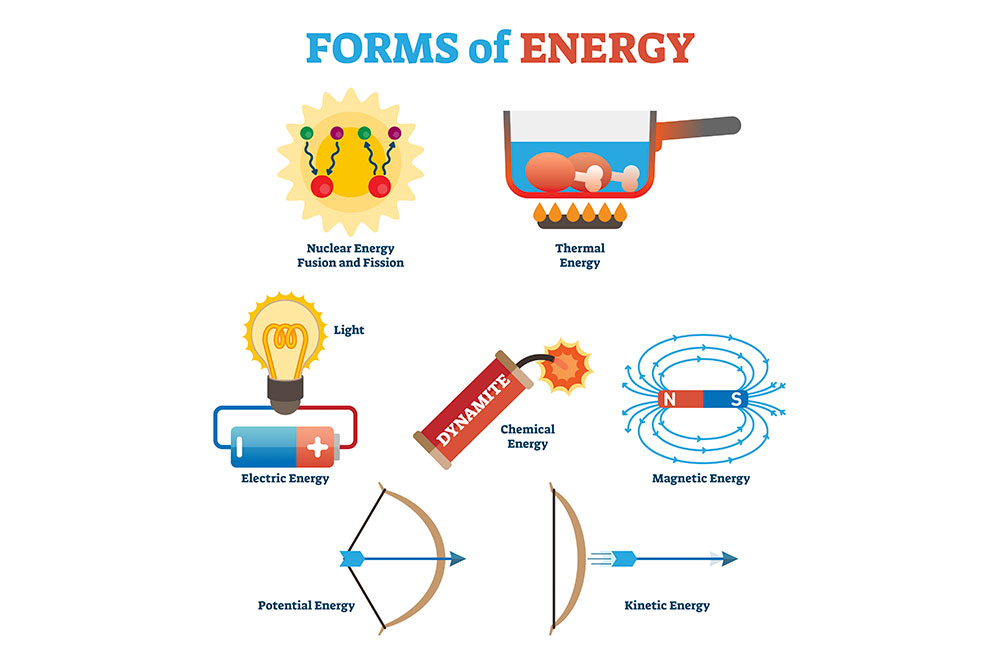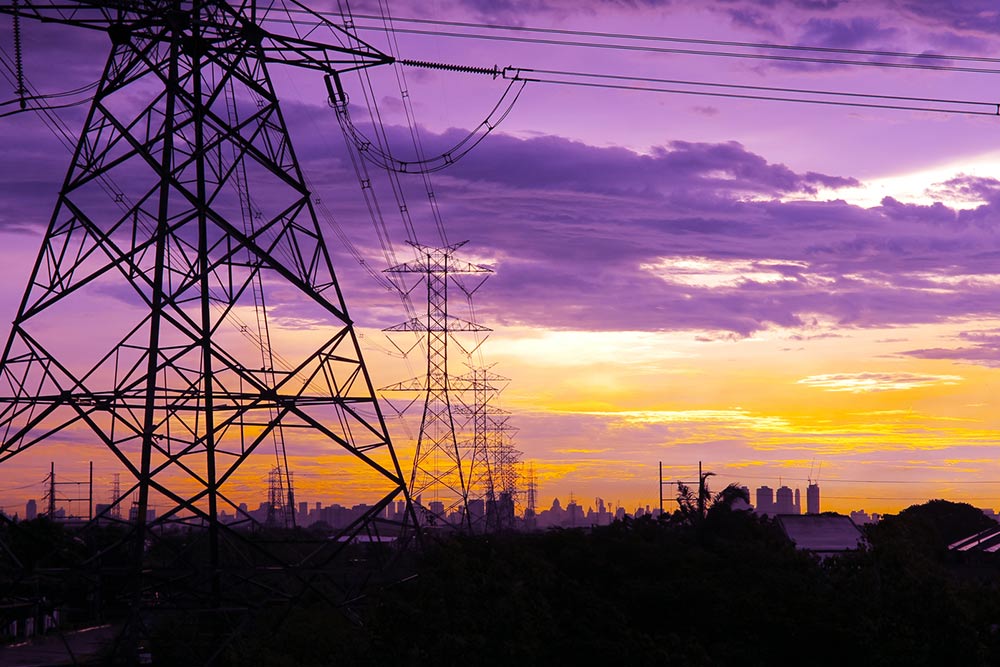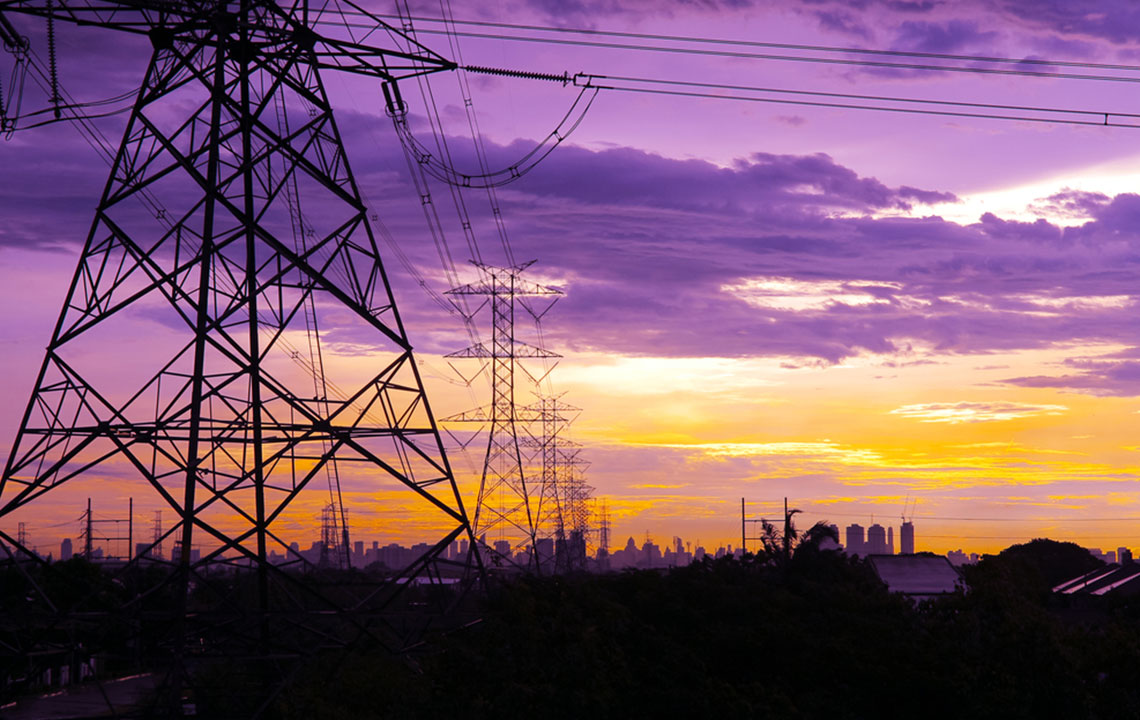Understanding the Factors Affecting Electricity Prices
Discover the main factors that influence electricity prices, including generation infrastructure, climate impacts, fuel costs, and regulatory policies. Learn how these variables vary regionally and affect residential and industrial consumers alike, especially during peak seasons. Understand why rates fluctuate and which states enjoy the most affordable electricity in the country.
Sponsored
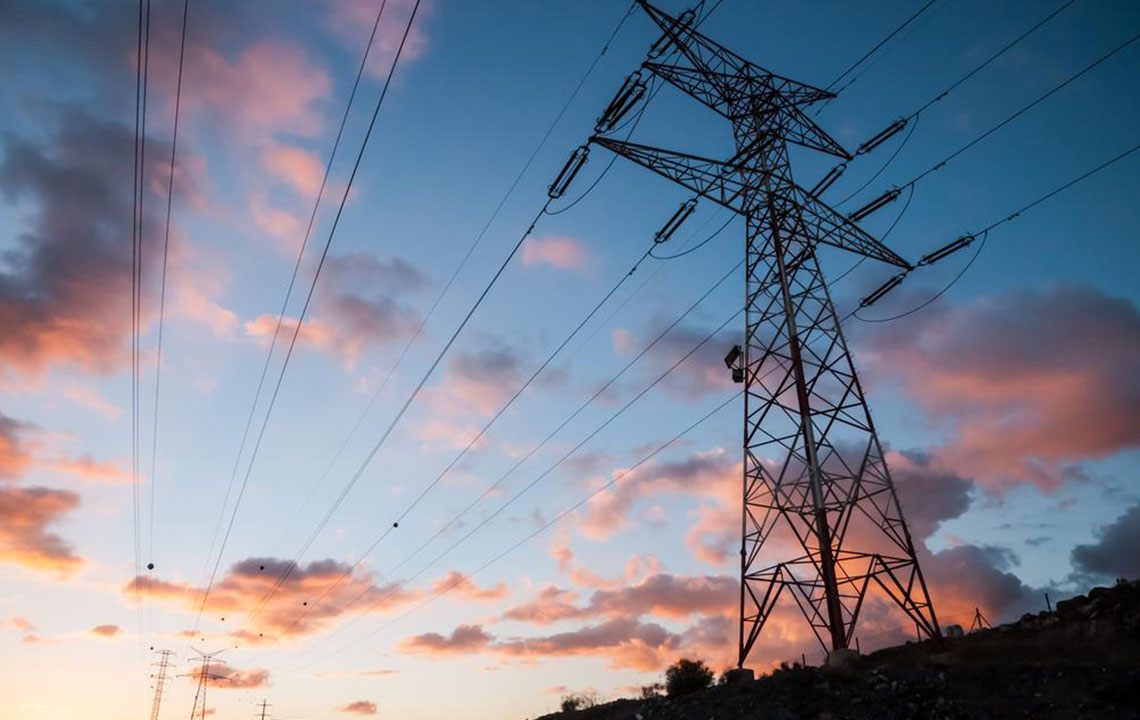
Over the past decade, electricity rates have experienced significant increases. But what exactly causes these rising energy costs? Several key factors influence electricity prices, and their impact varies across different regions. Here are four main considerations that determine the cost of electricity for households and businesses.
Power Generation Facilities – Different power plants are located in various areas and have unique infrastructure, impacting their operational and maintenance expenses. Additionally, the costs for maintaining transmission and distribution networks—like repairing damage from weather or accidents—add to overall costs.
Climate Conditions – Local weather heavily influences electricity demand. Hot climates increase cooling needs, raising electricity consumption and costs. Conversely, regions with snow or rain can benefit from cheaper hydropower. Windy areas can harness wind energy to produce affordable electricity.
Fuel Market Volatility – Fuel prices, such as natural gas, fluctuate unpredictably, sometimes hourly. High energy demand can drive up fuel costs, which in turn raise electricity rates.
Regulatory Policies – State governments regulate electricity rates differently. Some states control prices entirely, while others implement a mix of regulated transmission costs and market-driven generation prices. These policies directly influence local electricity expenses.
Compared to industrial consumers, residential and commercial users often face higher rates due to distribution costs. Industries, using higher voltage systems, transport electricity more efficiently, making it cheaper. Typically, electricity prices peak during summer months when demand increases, prompting reliance on costlier energy sources. States like Oregon, Idaho, Washington, Missouri, Kentucky, Arkansas, Utah, and Nebraska offer some of the lowest rates nationwide.

